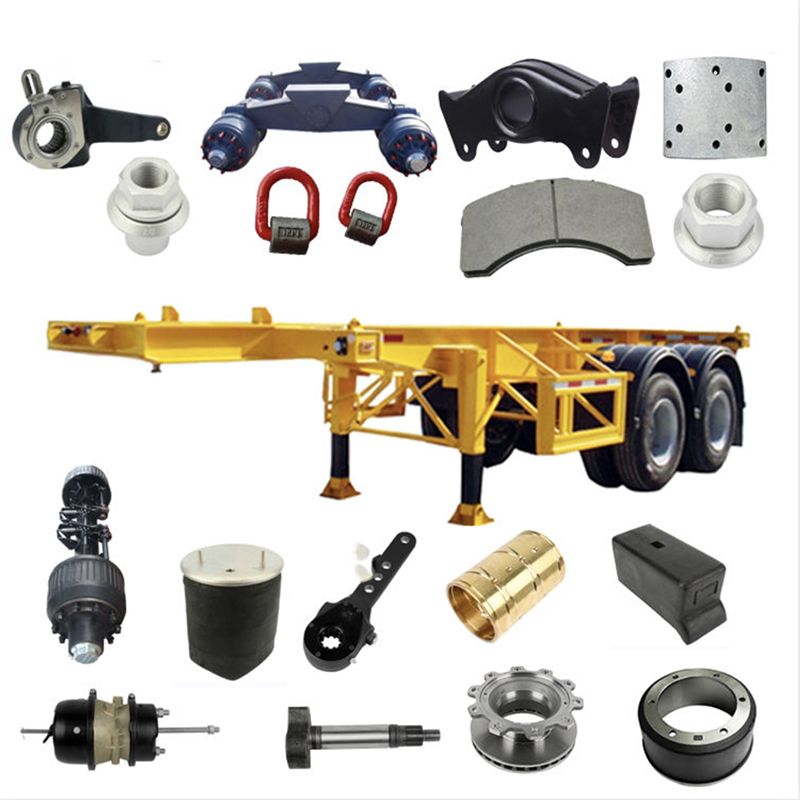 English
English Español
Español  Português
Português  русский
русский  Français
Français  日本語
日本語  Deutsch
Deutsch  tiếng Việt
tiếng Việt  Italiano
Italiano  Nederlands
Nederlands  Polski
Polski  한국어
한국어  Svenska
Svenska  magyar
magyar  Malay
Malay  বাংলা ভাষার
বাংলা ভাষার  Dansk
Dansk  Suomi
Suomi  हिन्दी
हिन्दी  Pilipino
Pilipino  Türkçe
Türkçe  Gaeilge
Gaeilge  العربية
العربية  Indonesia
Indonesia  Norsk
Norsk  تمل
تمل  český
český  ελληνικά
ελληνικά  український
український  Javanese
Javanese  فارسی
فارسی  தமிழ்
தமிழ்  తెలుగు
తెలుగు  नेपाली
नेपाली  Burmese
Burmese  български
български  ລາວ
ລາວ  Latine
Latine  Қазақша
Қазақша  Euskal
Euskal  Azərbaycan
Azərbaycan  Slovenský jazyk
Slovenský jazyk  Македонски
Македонски  Lietuvos
Lietuvos  Eesti Keel
Eesti Keel  Română
Română  Slovenski
Slovenski  मराठी
मराठी  Srpski језик
Srpski језик  ภาษาไทย
ภาษาไทย
Main methods of trailering
2025-03-18
Hard-connected trailer: This method uses a sturdy metal rod or rope to directly connect the faulty vehicle to the trailer. The advantage is that the connection is firm and not easy to disengage, but attention should be paid to the reliability and strength of the connecting parts.
Soft-connected trailer: Use tools such as tow ropes for connection, which is relatively flexible but requires the quality and strength of the tow rope to be high. Suitable for temporary emergency measures, especially when hard-connected tools are not available.
Flatbed trailer: The faulty vehicle is directly towed onto a flatbed truck, and the four wheels do not touch the ground, which is the best protection for the vehicle, but the cost is high.

Advantages and disadvantages of different towing methods and applicable scenarios: Hard-connected trailer: The advantage is that the connection is firm and the power transmission is stable, which is suitable for various road conditions and emergency situations. The disadvantage is that it is not flexible enough and inconvenient to carry.
Soft-connected trailer: The advantage is that it is flexible and portable, and the disadvantage is that the power transmission is unstable and there are safety hazards. Flatbed trailer: The advantage is that it protects the vehicle well, and the disadvantage is that it is costly and complicated to call. Safety precautions during towing:
Preparation before towing: Check the status of the towing tools to ensure the reliability and strength of the connecting parts.
Maintain appropriate speed: The speed should not be too fast when towing, especially when turning, uphill and downhill sections.
Maintain distance: Keep a sufficient safe distance between the towing vehicle and the towed vehicle.
Pay attention to traffic rules: Strictly abide by traffic rules and drive in the designated lanes.
Check the connection parts regularly: Check the connection parts from time to time to see if they are loose during towing.



